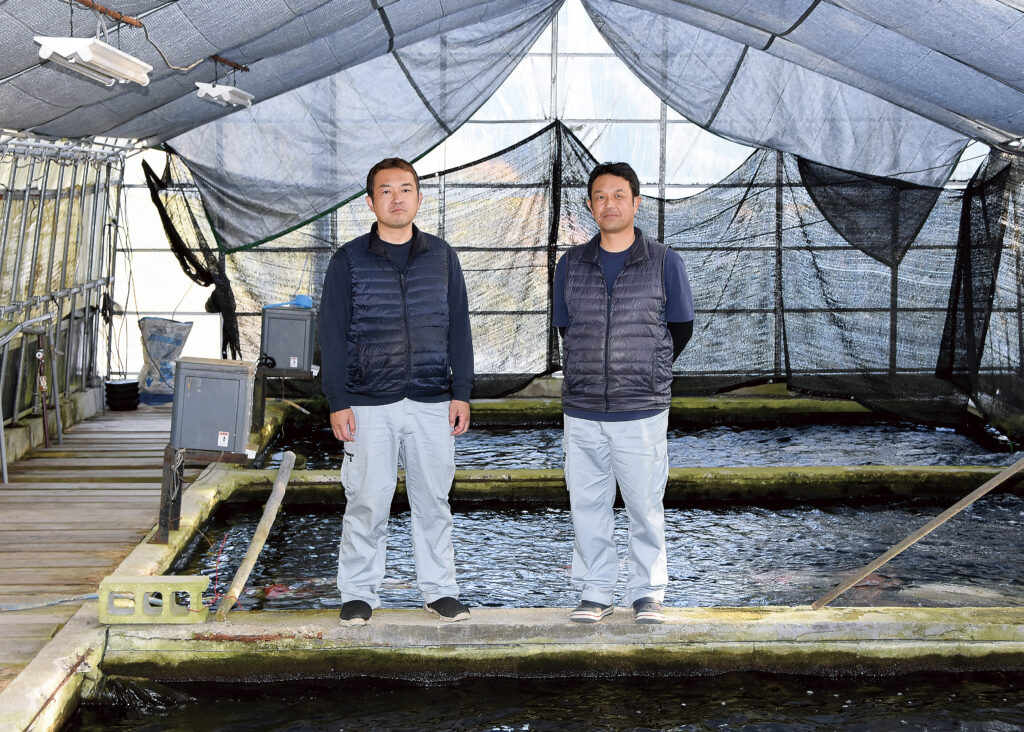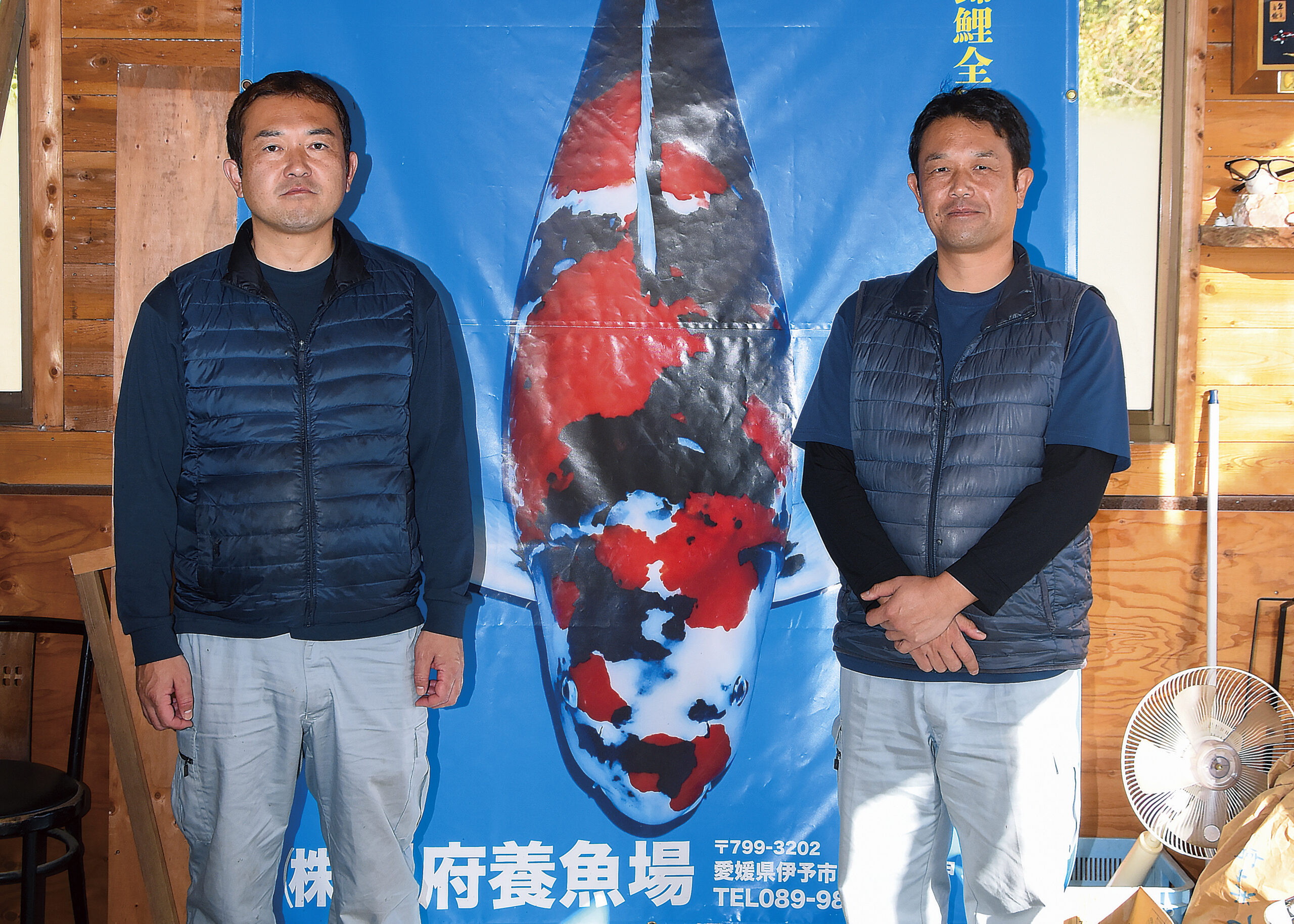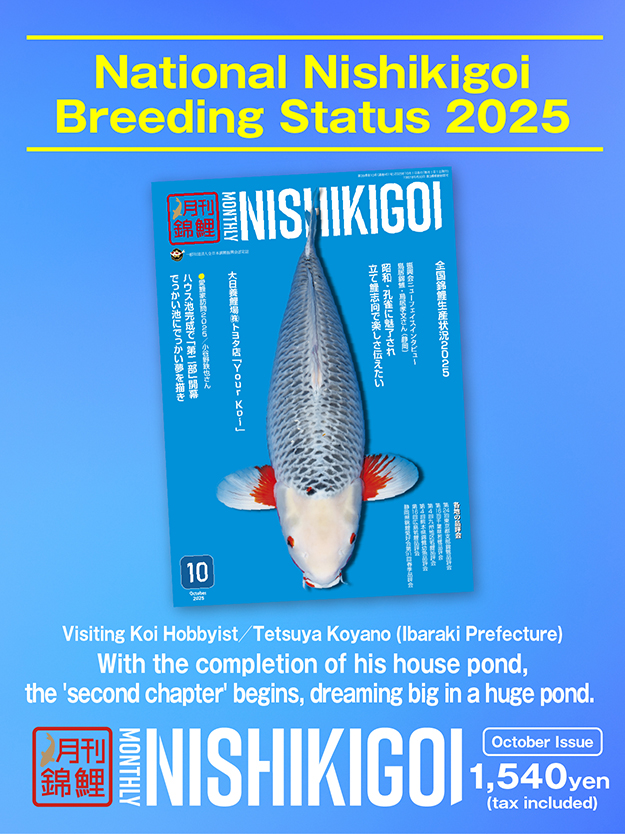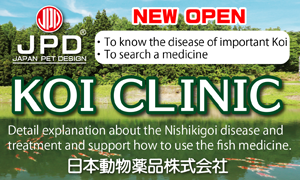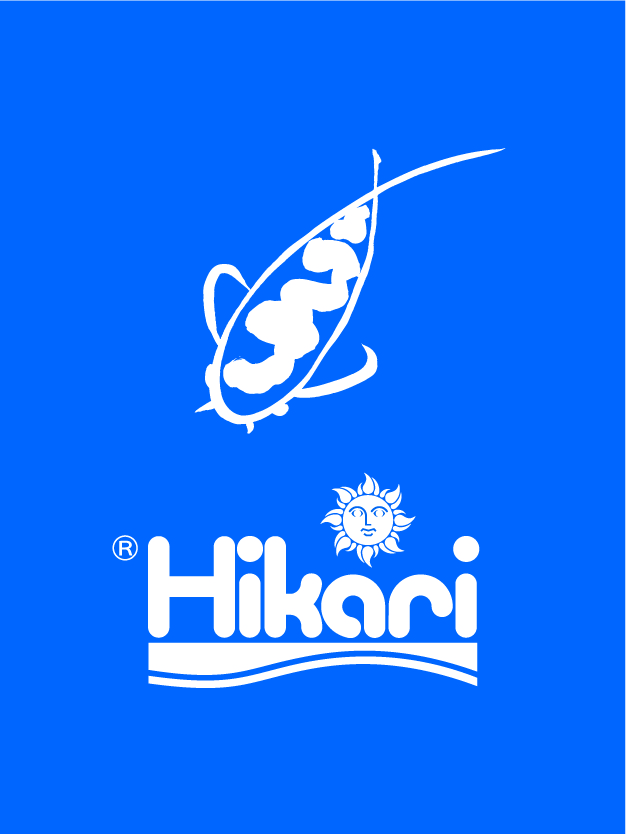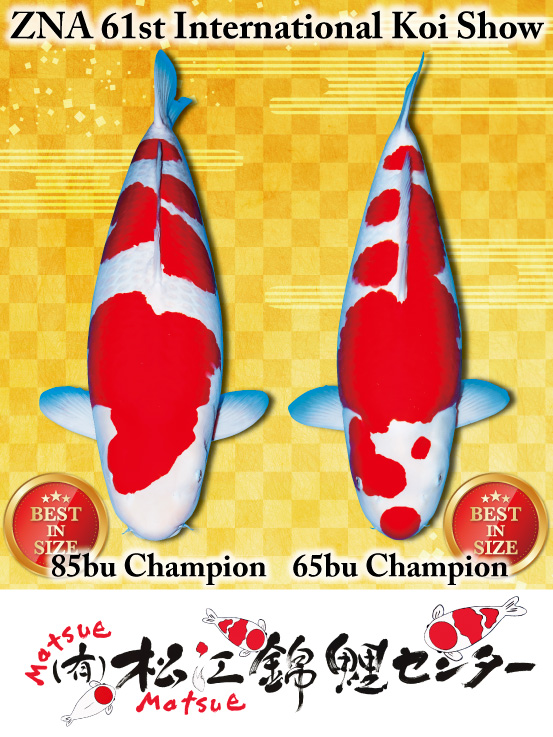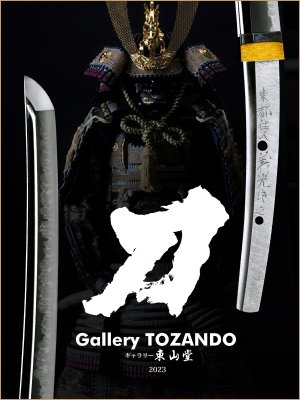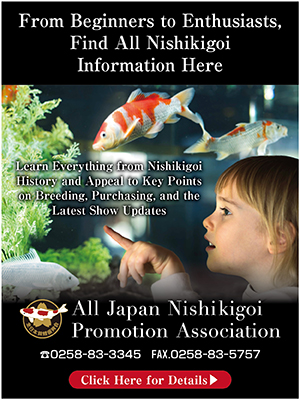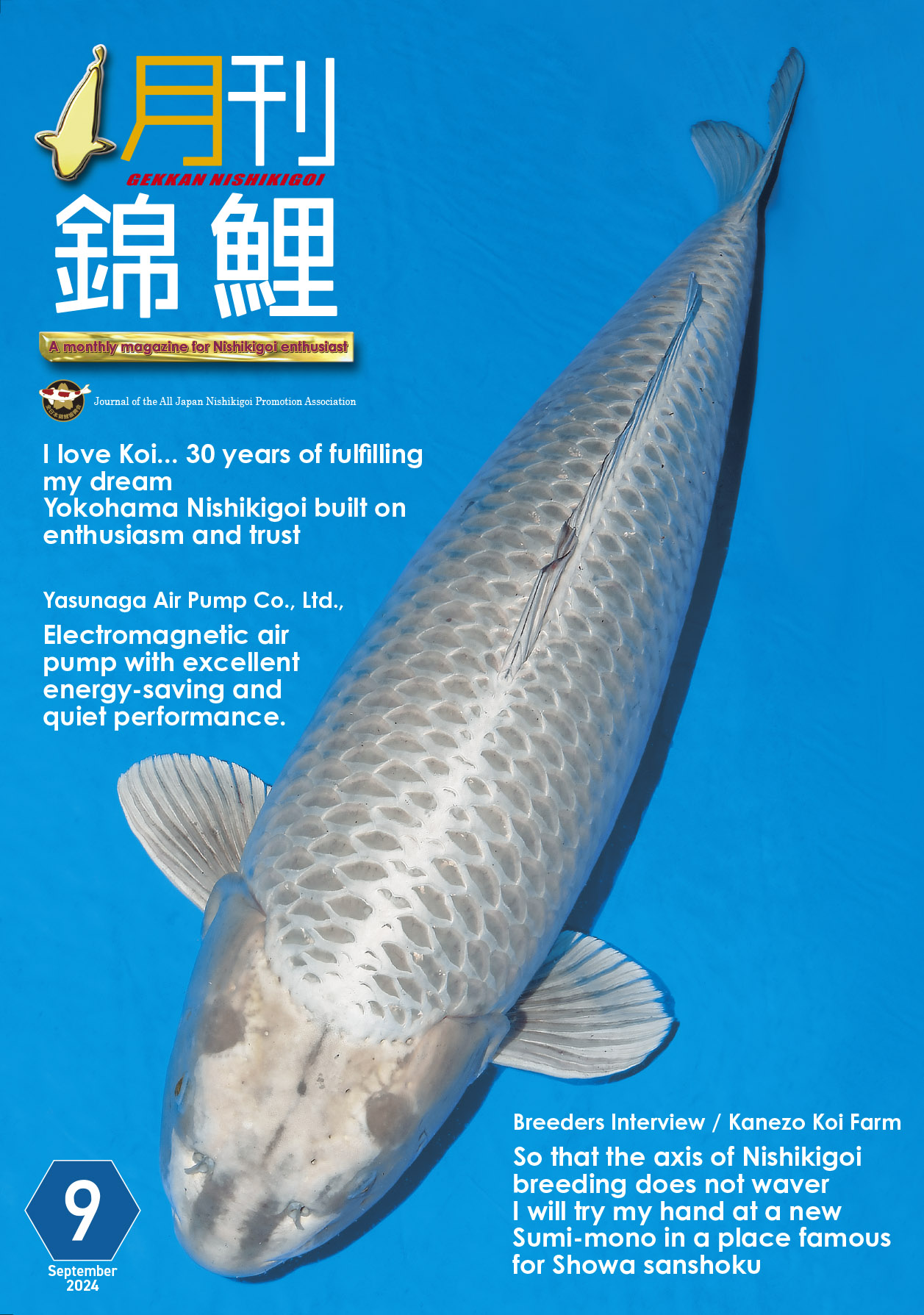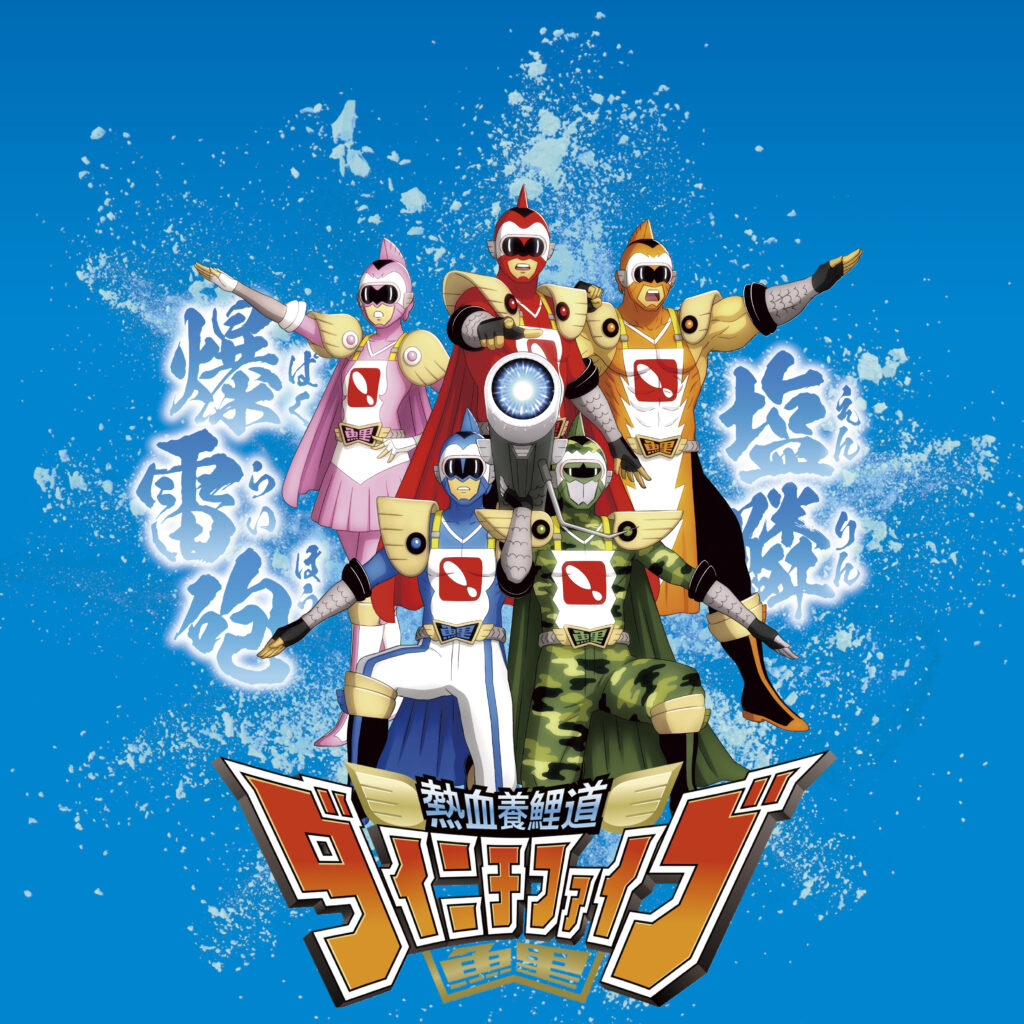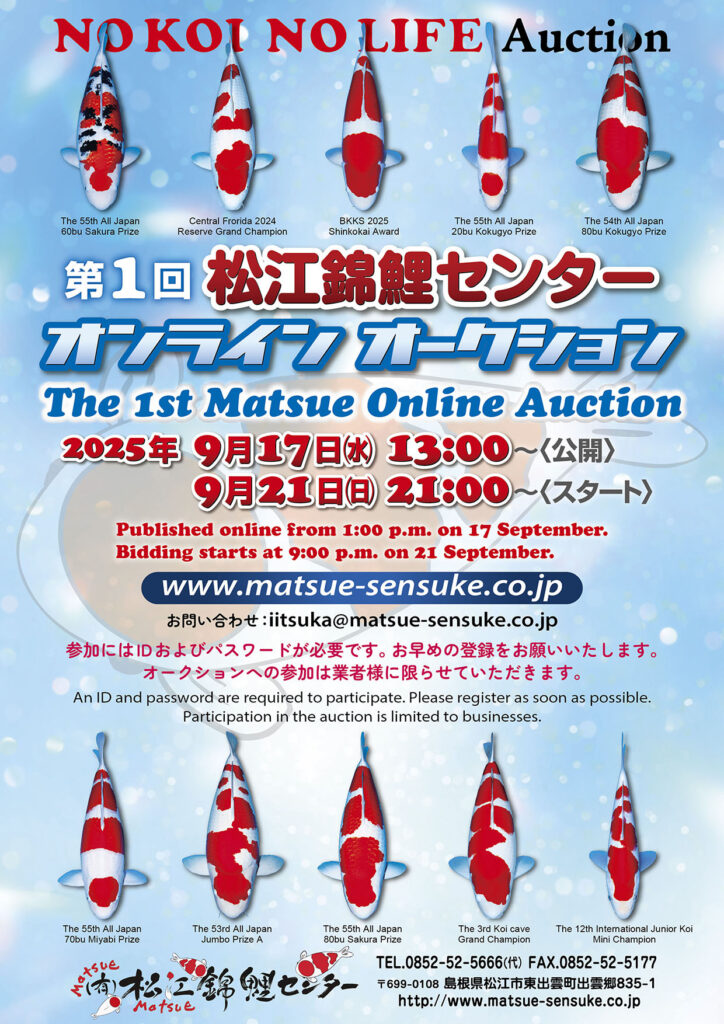Beppu Fish Farm: Focused on raising mud ponds.
Fry ponds in ideal conditions.
Doing what we can within our capabilities.
―Since your main method is mud pond raising, have the recent heatwaves had any impact?
Nobuhiro: It’s too hot, and since this area tends to have relatively little rain, we’re always worried about that.
Nobuhiro: When it does rain, it’s usually heavy, like torrential downpours or flash rainstorms. It’s like that everywhere in Japan these days.
―Because of that, some breeders seem to be shifting to using concrete ponds.
Nobuhiro: That’s the case, especially for koi, which is intended for koi shows. It has become the main method for larger farms. We don’t have many greenhouses, so it isn’t easy. But fortunately, our mud ponds haven’t had any issues so far, so we’re making the most of them. There’s definitely something special and enjoyable about koi raised in mud ponds.
―Where are your mud ponds located?
Takaharu: One is up in the nearby mountains. Others are located on the way to Matsuyama, and the farthest one is even beyond Matsuyama, on the way toward Imabari.
Nobuhiro: These are irrigation ponds, originally for rice paddies. We have rented and used one of them since my father’s generation.
Takaharu: The size of that pond is about 2.5 hectares.
Nobuhiro: Now, there are about seven ponds in total. They are all agricultural irrigation ponds.
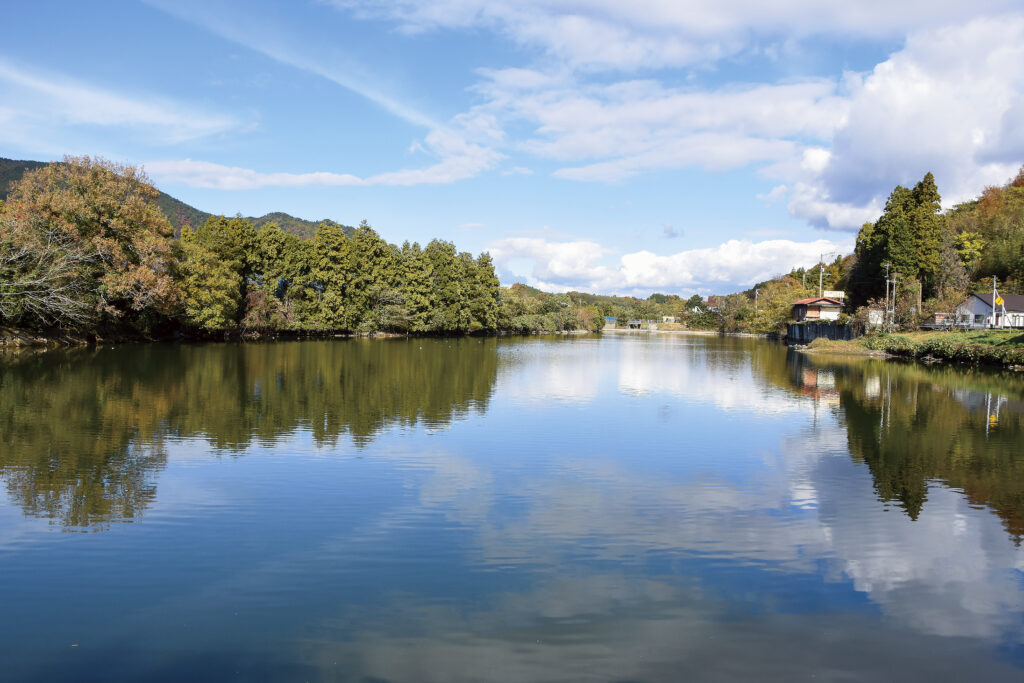
―Are the fry ponds near here?
Nobuhiro: Yes. One is around the fish farm, another is about 15 minutes from the highway interchange, and the last is about 30 minutes after crossing a mountain. We’re now based around those three locations. About 20 years ago, there were still many active rice farmers so that we couldn’t expand the number of fry ponds very much. With many people leaving farming over the past few years, we’ve seen a surge in offers to use their rice fields. We’ve purchased the ones in the best condition, making our work much more efficient. Having three locations has been good in terms of spreading the risk. The total area is about 2 hectares, so it’s manageable with three to four people.
―Four people would be the two of you, your father, and your employee, Mr. Miyagawa.
Nobuhiro: That’s right. In the past, we used to try raising all the fry that were born, sometimes putting over 100,000 into about 10 acres. But we try to keep it down to around 70,000 or 80,000 these days.
Nobuhiro: I think we need to raise a certain number to improve the odds, but the issue is that we don’t have enough people. If we hired employees, the focus would shift to sales to keep the business running, so finding the right balance is challenging. In the end, we can only do what is within our capabilities.
Takaharu: We can’t do the same things as the large farms. In the past, we tried imitating Sakai Fish Farm by breeding a lot, putting them into many ponds, and then doing a quick culling, but it didn’t suit us. There was too much work, and things kept piling up. Taking good care of the fish we’ve raised suits us better.
